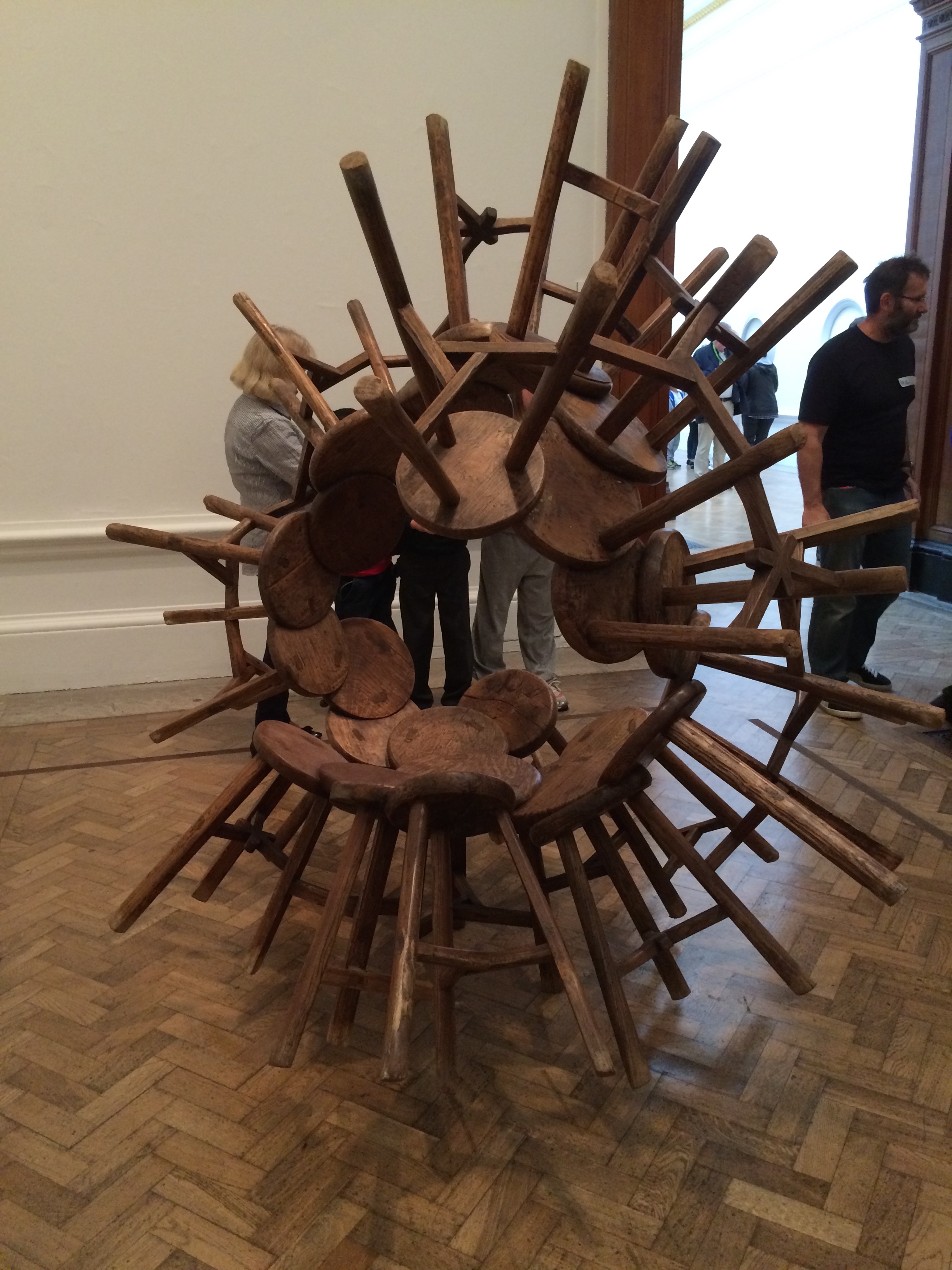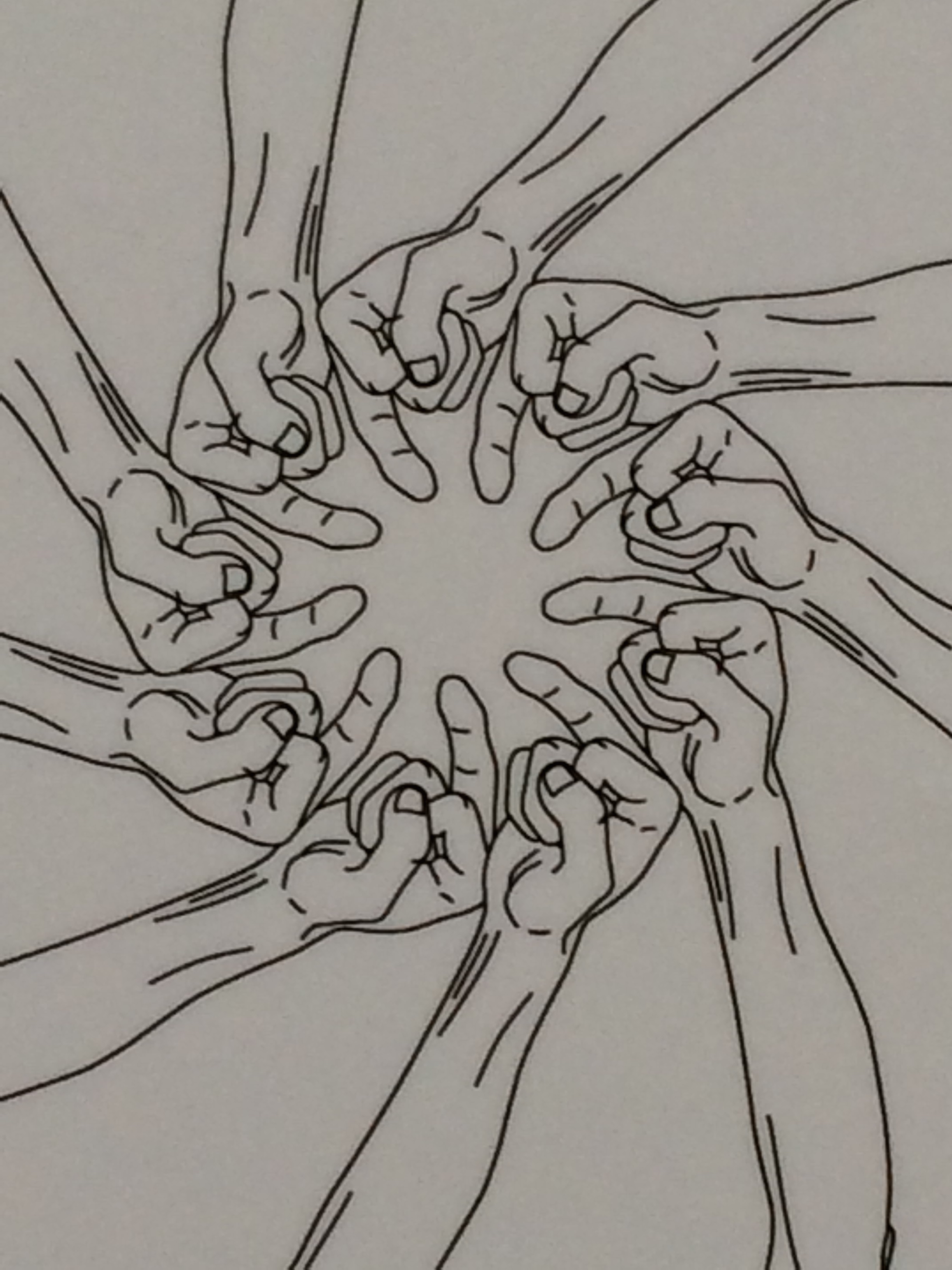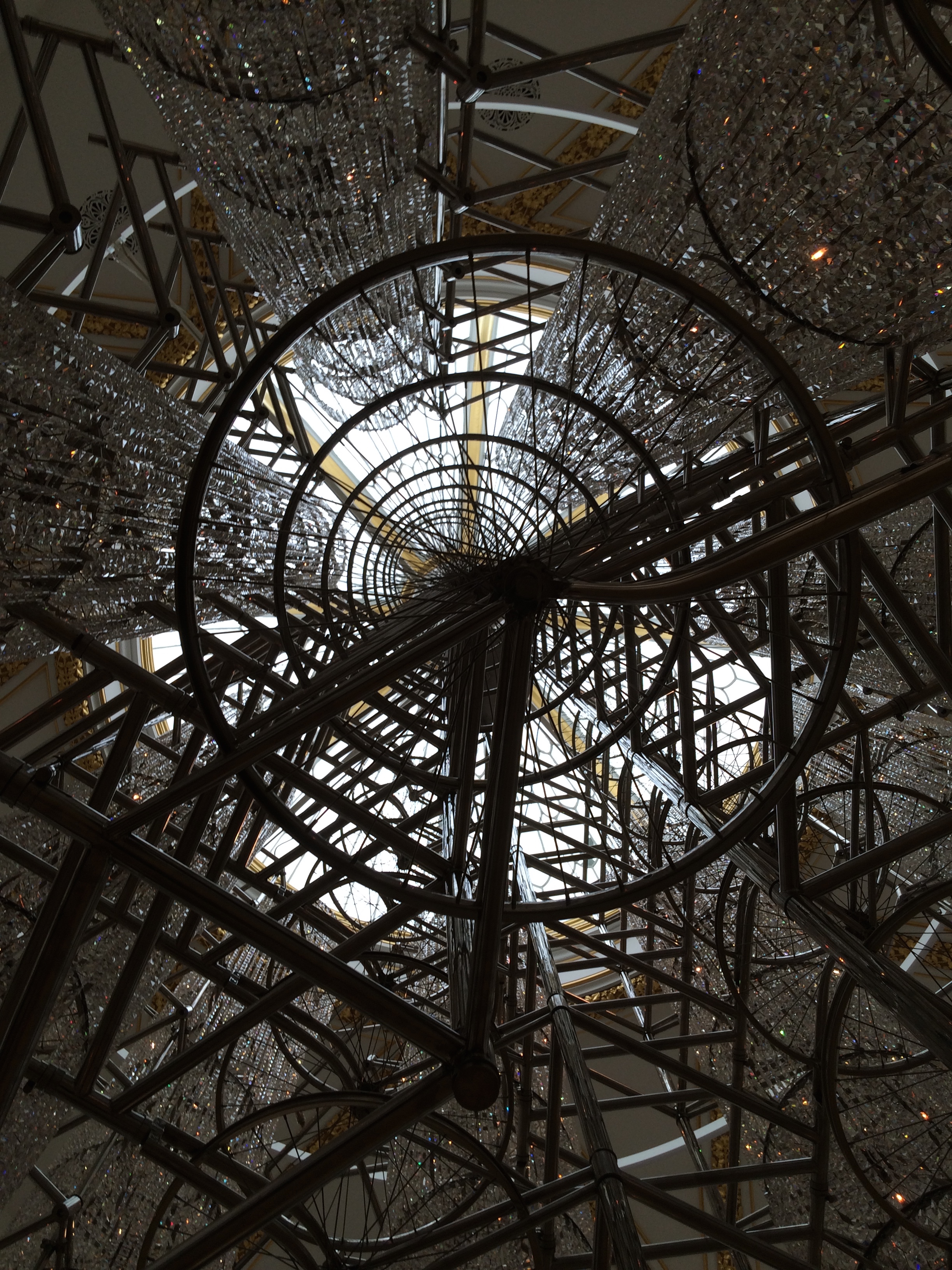On Saturday I had the great pleasure of attending the opening of the Alterations exhibition hosted by Art form the Margins (AFTM). Alterations was curated by Donna McDonald who is a disability arts researcher and writer. The contributing artists are blind or partially sighted from Brisbane and regional Queensland.
I complimented James Norquay on his beautiful landscape photography shot around the Sunshine Coast. In his bio he thoughtfully explains how he knows when to take the shot, “I am called to take photographs through a spirit that guides me. I sense this spirit by a shift in light and colour around me, or sounds harmonising in a moment, or the way the wind brushes against my skin. In these moments, I feel an electric joy bubble in my body and I know - ‘This is the moment to take a photograph!’”. The works on display are a testament to James’ connection to nature.
The Guide Dogs Queensland Art Group had six artists exhibiting their clay work. Chatting with Jenny Woolsey she mentioned that the faces she sculpts from clay have no eyes, yet when I look at her work the faces seem complete. Clay work is new to Jenny, “Throught this medium, I have found a way of expressing my feelings about issues that effect my life. This passion has also been a means of relaxation and mindfulness.”
During the official opening Donna McDonald was presented with two Aspire Awards. Their website explains the awards this way: “The awards celebrate all people who identify with a disability in any chosen field of work, volunteering, sport, hobby, advocacy, health, law, arts, writing, they celebrate opportunity, dreams, achievements of an inclusive society.” In Donna’s acceptance speech she said she was grateful to be born at a time when she could take advantage of the hard won rights by disability activists and for the immense privilege of continuing education. In thinking about her aspirations, Donna eloquently summarised that she “just wanted to be useful”. The presentation of the Aspire Awards recognise her usefulness, as does the regard of the exhibiting artists and the AFTM board members.
Besides the opportunity to enjoy a wonderful show, consider this statement from the exhibition catalogue: “These artists not only challenge us with new ways of making, viewing and interpreting art, but they also alter our understanding of the world around us.”
Alterations is open until 27 November 2020 at AFTM Gallery & Studios, 136 Brunswick Street, Fortitude Valley.
Artwork (detail) James Norquay, Self Portrait 2015









